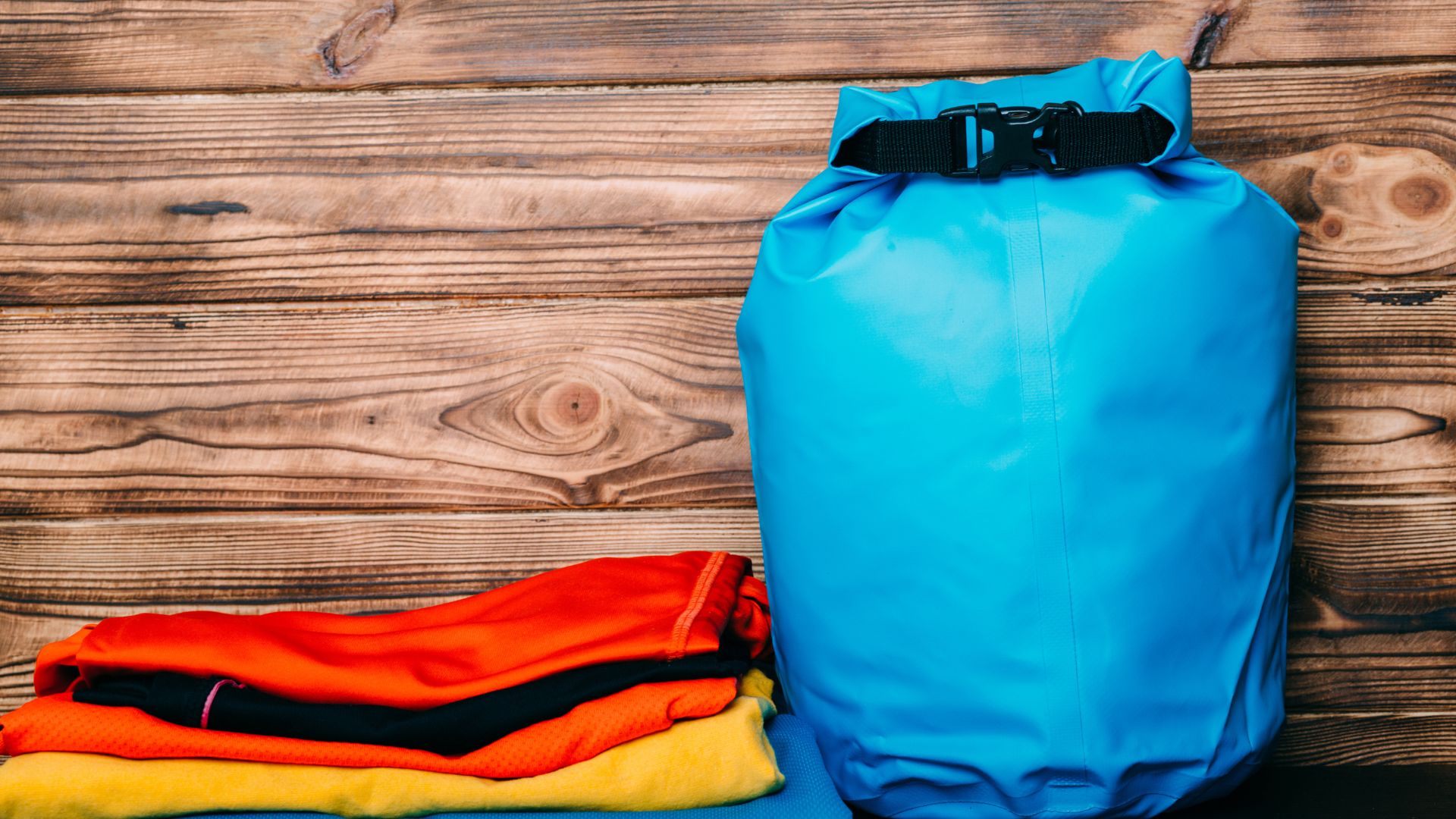How to Maintain Waterproof Outdoor Apparel

No matter if it was your childhood rubber raincoat or an up-to-date waterproof shell jacket, all jackets require proper care and maintenance for peak performance. There are ways to do this without being exposed to toxic PFAS “forever chemicals” found in older products like many older raincoats.
There are two methods of waterproofing fabric: membrane and coating. In this article, we’ll focus on membrane technology – usually seen in outdoor and rainwear products.
Water Repellent
Water-resistant fabrics prevent outside moisture from permeating their surface by applying a finish or laminate finish to its outer layer, such as polyester or nylon fabrics. This technology can often be found in synthetic, man-made fabrics.
Most outerwear and waterproof/breathable rain jackets will feature durable water repellent (DWR). This treatment prevents precipitation from seeping into the garment instead of beading up on it and seeping through. Falls, abrasion and body oils can wear away at this protection over time; in such instances please refer to Raingear Care section for instructions on reapplying it.
GORE-TEX membranes offer the ideal combination of water resistance and breathability, with microscopic pores designed to let liquid water vapor escape while blocking external moisture – keeping your skin dry, regulating body temperature and increasing comfort during activity. Outdoor gear manufacturers such as Patagonia use this technology in their high-end rainwear, tents and other technical gear.
Waterproof
Most waterproof outdoor clothing features a membrane. Gore-Tex and eVent products use this kind of waterproof membrane that bonds directly to their outer fabric fabric and ensures maximum rainproofing and breathability, protecting you against rain, snow, heat and cold alike. This type of garment also helps regulate body temperature as it keeps out rain and snow without restricting body movement or creating heat trapping temperatures inside of it – perfect for keeping you comfortable as well as providing breathability!
Manufacturers typically describe the waterproof and breathable properties of their fabrics using two numbers separated by a backslash: One represents waterproof rating while the second indicates permeability rating. A garment with higher waterproof rating can withstand heavier rainfall without allowing any water into it, and vice versa.
Softshell jackets from our shop are woven blends that offer incredible range of motion. While these jackets don’t usually meet waterproof standards of more rugged outdoor gear, they still provide warmth and breathability. Many use DWR treatment to repel moisture; however, body oils, sunscreen and bug spray may render this treatment ineffective over time and cause its effectiveness to decrease significantly.
Windproof
Windproof fabrics protect you from cold air while remaining lightweight and pack down small, making them a great addition to layering systems alongside fleece and soft shell jackets. Windproof fabrics may even serve as an effective replacement in light to medium rainstorms for an umbrella-type rain coat.
These fabrics are typically treated with durable water repellent (DWR), which allows water droplets to roll off the fabric without becoming saturated and creating dampness. Furthermore, some can even come equipped with Gore-Tex membranes for additional protection.
These fabrics, such as Schoeller’s various materials and The North Face Apex from Schoeller and Marmot Teclite from Marmot or Rab Vapour Rise from Rab, are usually stretch woven. Although not as breathable as waterproof clothing, they will keep you warm in light to medium rain while acting as windbreakers if hiking in windy weather. Pairing one of these fabric types with another waterproof solution offers more comprehensive protection in heavy downpour.
Breathable
Breathable outdoor clothing keeps moisture from building up on its fabric, helping regulate your temperature more effectively. Clothing that absorbs too much sweat may actually lower core body temperatures – something which is unsafe when engaging in hiking, climbing, or other high intensity activities.
Breathable fabrics provide excellent insulation, such as those made of wool, down or synthetics like polyester. Furthermore, these breathable fabrics help reduce odor build-up.
Most waterproof jackets available today are breathable. These jackets typically utilize a waterproof membrane with airflow holes for air exchange and then covered in an impregnable layer to help repel rainwater.
Breathability in garments is typically measured using the “water column test,” which measures how much liquid can be poured over one square meter of fabric within 24 hours – this includes any pressure applied such as sitting in a chairlift or hiking uphill. The higher this number is, the more breathable is its fabric.
